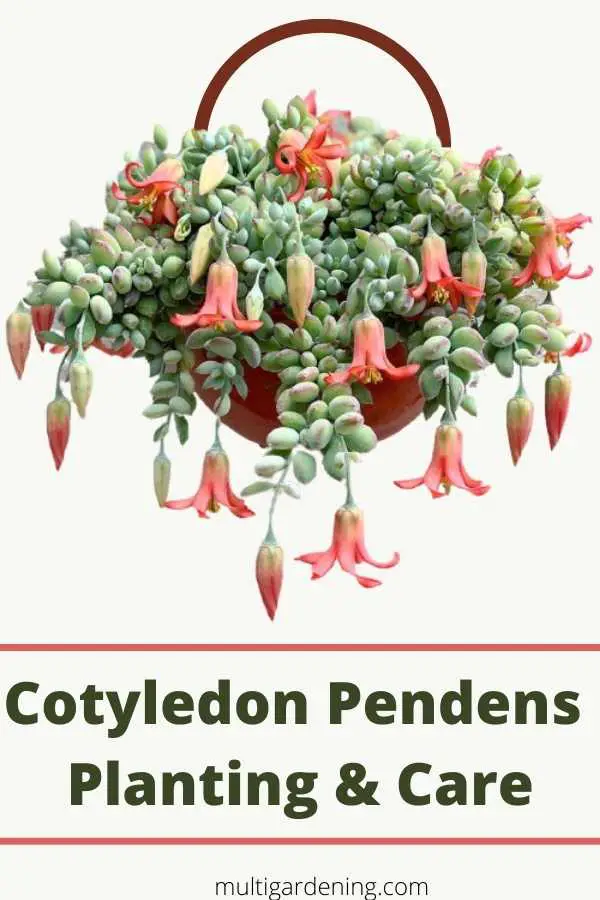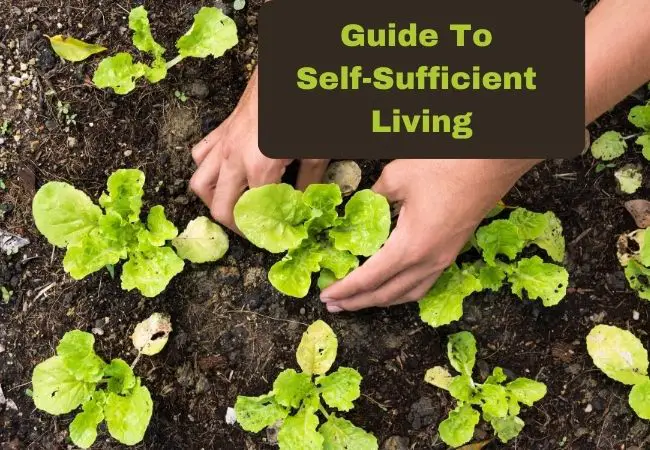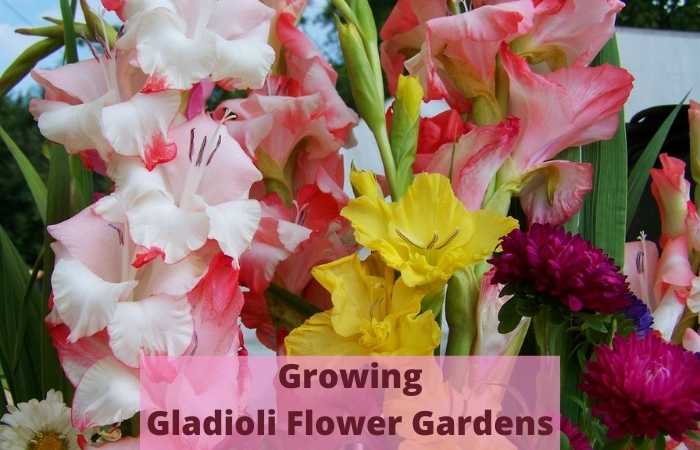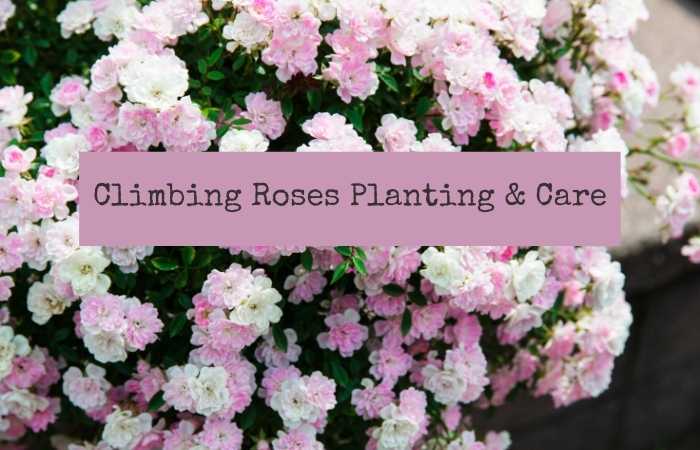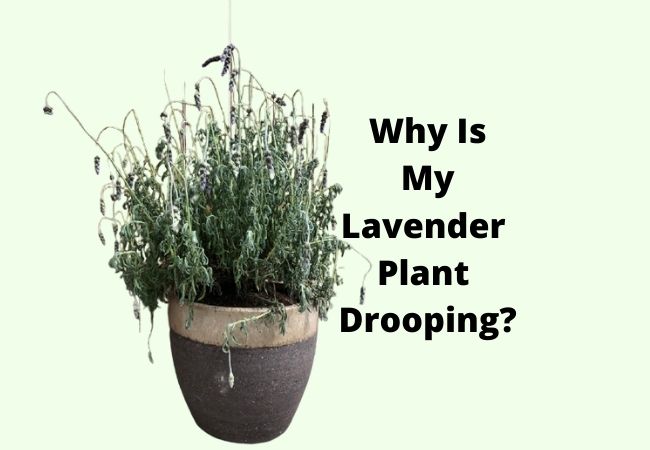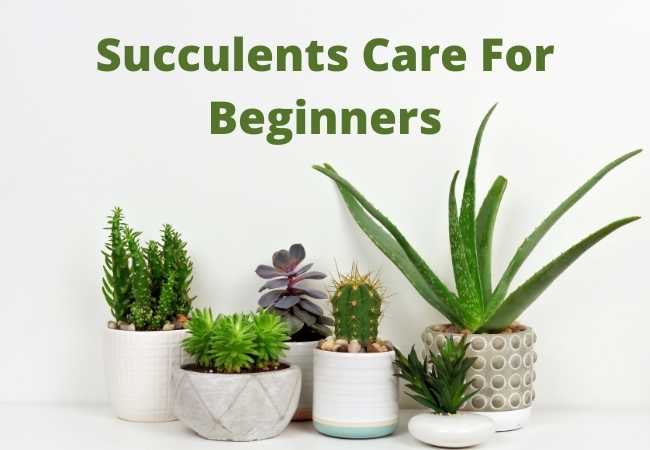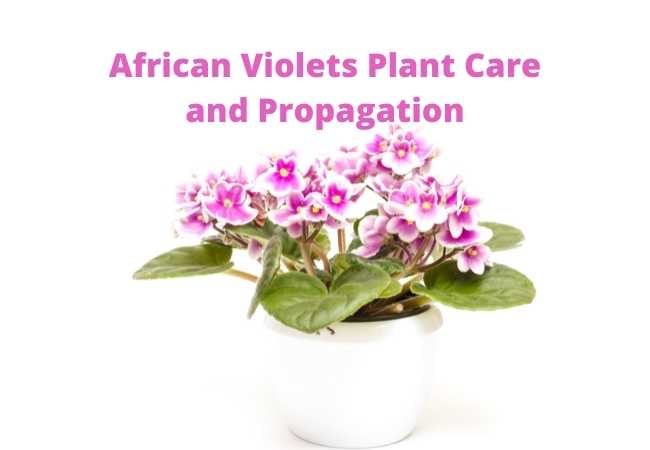Cotyledon Pendens Planting and Care

Cotyledon Pendens planting and care is medium-level difficulty compared to other common plants. The care differs slightly from other types of hanging and trailing succulents. The plant is also rare and can be difficult to source. It is native to South Africa.
Cotyledon Pendens Planting and Care
The succulents are heavily branched and produce many hanging stems that can reach up to 2 feet long. The stems have fleshy leaves in opposite pairs.
The leaves also have a whiteish surface with reddish margins. The young leaves are hairier compared to the more mature leaves.
The plants also produce bell-shaped striking blooms that are orangish-red. The flowers appear at the ends of the branches.
Types of Cotyledon Pendens
There are two types of Cotyledon Pendens:
- Evergreen Cotyledon Pendens that grow during summer months.
- Deciduous Cotyledon Pendens that grow during winter and shed their leaves during summer. They also produce large fresh stems.
Soil
The plants do well in free-draining soil. Any common succulent soil mix will be fine for these succulents. Just like many other succulents, the Cotyledon Pendens doesn’t like to sit in water.
If you use highly porous soil, you will have to water the plant every two or so days because the water will flow right through.
Watering
Cotyledon Pendens leaves are thick and store water. You’ll want to let the soil dry out partially in between watering cycles.
Stick your finger in the soil and check for moisture. If the top layers are dry, soak the plant and let it dry out before watering again.
Lighting
Cotyledon Pendens houseplants do like a lot of bright indirect alight. Sufficient light allows them to grow faster and healthier. The plants should also get more light at the top.
Most hanging plants including Fish Hooks and String of Pearls need a lot of light on top. If they’re not getting light on the head, they start to get bald.
These Cotyledon Pendens don’t do well in low-light and dark areas in the house.
Humidity
The Cotyledon Pendens do well in high humidity areas. About 40% of humidity is good enough. If you are in a dry area you might have to use a humidifier. When the air is too dry, the plants stop growing.
The succulents can withstand frost-free cool temperatures during winter. However, they have to be kept dry and minimal watering if any.
Fertilizing
The succulents should be fed once or twice during the growing season. Use cactus and succulent fertilizer for best results. I like to dilute the fertilizer to half what is recommended don the label to avoid overfertilizing.
Repotting Cotyledon Pendens
Cotyledon Pendens are best grown in hanging baskets. The baskets allow the stems to grow out and cascade downwards.
The plants can be left in the pots they were purchased in and for a while before there is a need to re-pot them.
You should also be cautious of putting the succulent plant in a big pot because the roots will have access to too much water which can lead to root rot. As long as your Cotyledon Pendens is doing fine, there is no need to disturb it.
Propagating Cotyledon Pendens
Propagating Cotyledon Pendens is easy. The best plants to propagate are those that have matured vines. To propagate successfully, make small cuttings with about two leaves and stick them in soil.
The plants can also be propagated using the succulent’s leaves. Cut mature leaves making sure to cut part of the stem and stick in the sand. Once the leaves root, you can transplant them into pots.
Provide your cuttings with indirect to bright light and warmth to encourage growth. About 75-80 degrees is ideal.
Pests
The plants can get mealy bugs and it can difficult to save the Cotyledon Pendens especially when they get a full-blown infestation.
The plants have so many little crevices and nodes and the pests hide in them. Make it a habit to check the plant every time you’re watering.
Pests can be controlled with neem oil. If the pests have multiplied too much, you might need to use a stronger pesticide.
Pruning
Cotyledon Pendens can experience fast growth, especially when provided with the right conditions. Pruning is necessary when you want to keep the plant looking neat and clean.
The plant can become large and produce many stems. Pruning helps will help limit the plant to the desired space and prevent it from spreading too much.
Best Pots for Cotyledon Pendens
Cotyledon Pendens plant care and propagation also include growing the plant in a good pot. The plant can grow in almost all types of pots.
If you have the plants in terracotta pots you will have to water them a lot more frequently. Terracotta’s good for Cotyledon Pendens but you have to water more often.
Cotyledon Pendens Poisonous to Cats and Dogs
Cotyledon plants including Cotyledon Pendens are toxic to cats or dogs. The plants contain toxins or poisonous sap.
The plant is not only poisonous but also dangerous to animals. The toxicity also affects other animals including goats and pigs.
Related Posts:
Final Thoughts
Cotyledon Pendens is a great indoor plant. It can be a great conversation starter and addition to your collection of houseplants.
However, It is not one of my recommended plants for first-time plant owners. Develop your skills with other easy-to-care-for and hard-to-kill succulents before getting this one.
I hope you found this post on Cotyledon Pendens planting and care helpful. Please share the post and also follow me on Pinterest for more succulent planting posts.
